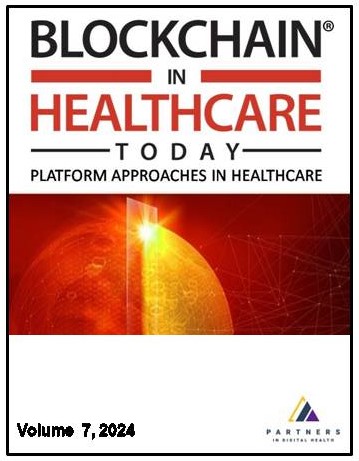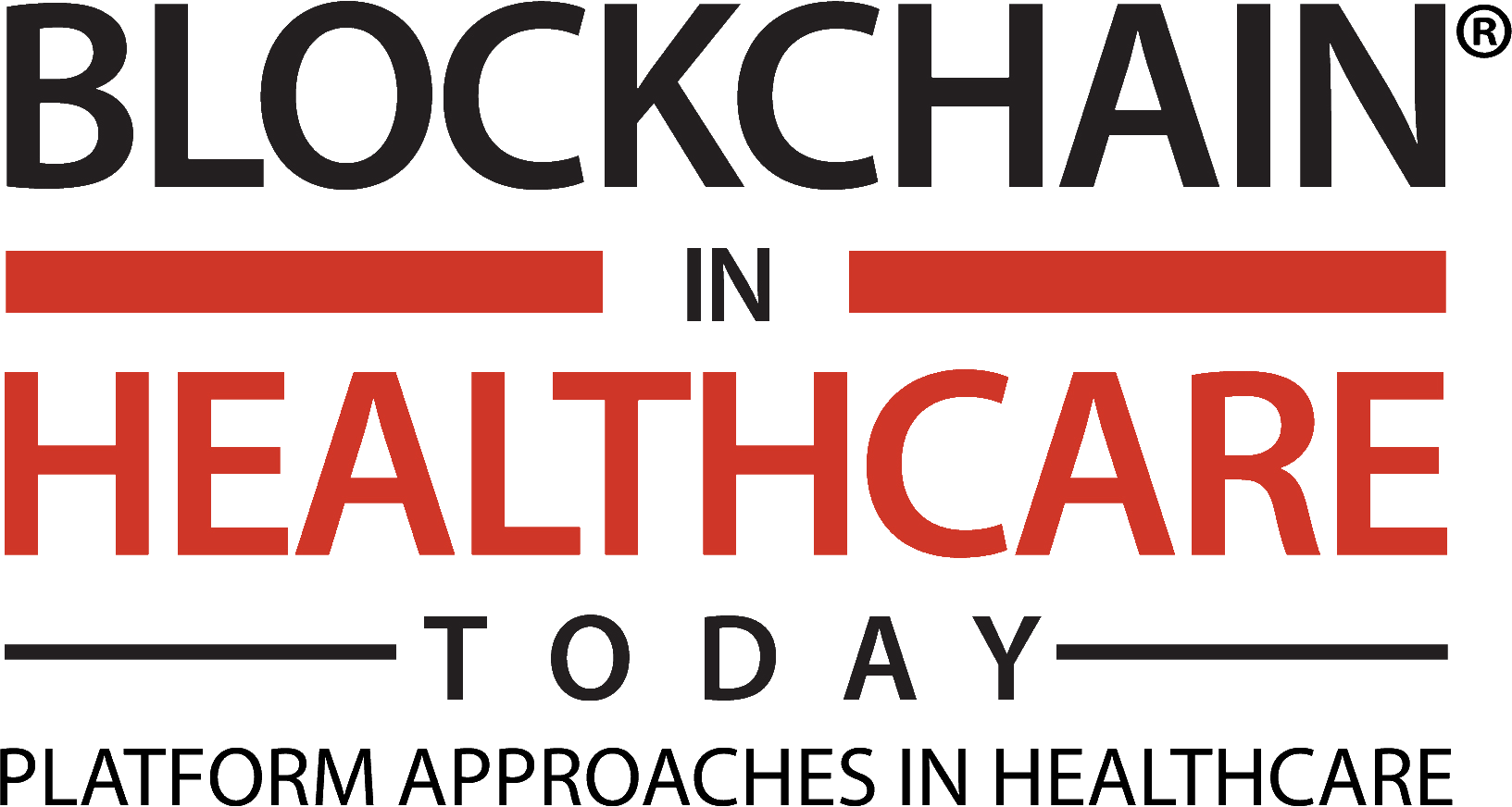
Additional files
More articles from Volume 4, Issue 1, 2021
Commercially Successful Blockchain Healthcare Projects: A Scoping Review
Blockchain predictions for health care in 2021
A Proposal for Decentralized, Global, Verifiable Health Care Credential Standards Grounded in Pharmaceutical Authorized Trading Partners
Leveraging Blockchain Technology for Informed Consent Process and Patient Engagement in a Clinical Trial Pilot
The Case for Establishing a Blockchain Research and Development Program at an Academic Medical Center
Article views
MarkIt: A Collaborative Artificial Intelligence Annotation Platform Leveraging Blockchain For Medical Imaging Research
 ,
,
 ,
,
 ,
,
 ,
,
 ,
,
 ,
,
 ,
,

Abstract
Current research on medical image processing relies heavily on the amount and quality of input data. Specifically, supervised machine learning methods require well-annotated datasets. A lack of annotation tools limits the potential to achieve high-volume processing and scaled systems with a proper reward mechanism. We developed MarkIt, a web-based tool, for collaborative annotation of medical imaging data with artificial intelligence and blockchain technologies. Our platform handles both Digital Imaging and Communications in Medicine (DICOM) and non-DICOM images, and allows users to annotate them for classification and object detection tasks in an efficient manner. MarkIt can accelerate the annotation process and keep track of user activities to calculate a fair reward. A proof-of-concept experiment was conducted with three fellowship-trained radiologists, each of whom annotated 1,000 chest X-ray studies for multi-label classification. We calculated the inter-rater agreement and estimated the value of the dataset to distribute the reward for annotators using a crypto currency. We hypothesize that MarkIt allows the typically arduous annotation task to become more efficient. In addition, MarkIt can serve as a platform to evaluate the value of data and trade the annotation results in a more scalable manner in the future. The platform is publicly available for testing on https://markit.mgh.harvard.edu.
Keywords
References
Citation
Copyright
This is an open access article distributed under the Creative Commons Attribution License which permits unrestricted use, distribution, and reproduction in any medium, provided the original work is properly cited.
Article metrics
The statements, opinions and data contained in the journal are solely those of the individual authors and contributors and not of the publisher and the editor(s). We stay neutral with regard to jurisdictional claims in published maps and institutional affiliations.

